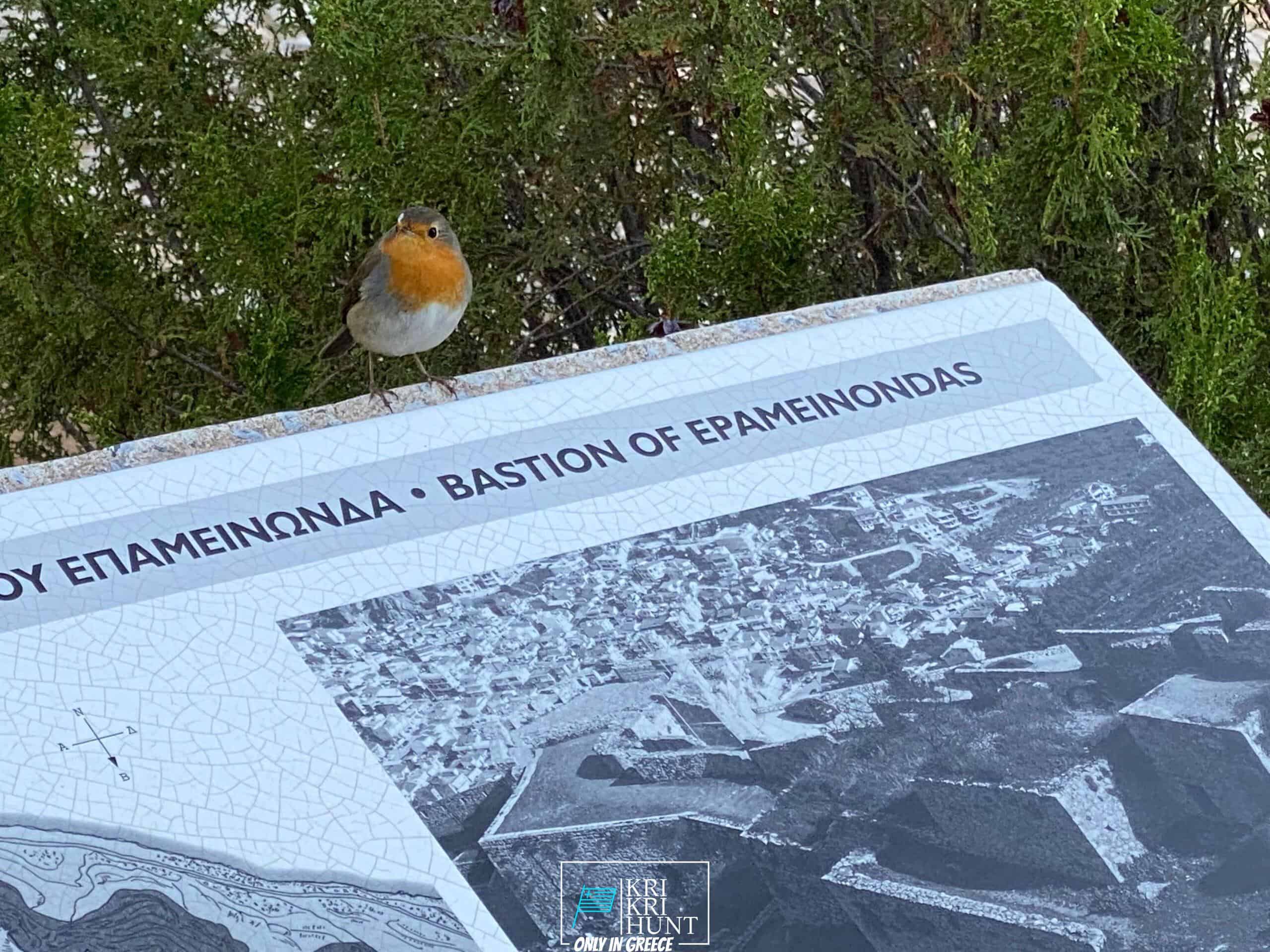
To lots of people, The Peloponnese peninsula on the Greek Mainland is the 'genuine' Greece, where points have actually not changed much whatsoever over the centuries although that many individuals have actually found it. This is a location where you might conveniently invest a month, however if you are short on schedule after that our outside hunting, Fishing, totally free diving and exploring Peloponnese Tours from Methoni is a great service.

Pursuing the kri kri ibex in Greece can be a tough task. Hunting huge video game in Greece is tough for international hunters. Swine and also roe deer are the sole choice for neighborhood hunters besides the kri kri ibex, which is just pursued in thoroughly safeguarded unique searching territories such as certain islands. The Kri Kri Ibex and mouflon can just be fired on unique searching areas from morning up until twelve noon, according to Greek legislation. Slugs are the only ammo permitted. You have to schedule at least a year beforehand for a license. To guarantee that only major seekers are allowed on these journeys, the Greek Ministry of Nature and Agriculture concerns licenses. To make certain that the federal government concerns a certain number of licenses annually.
Our outdoor hunting, angling, and also totally free diving tours are the best means to see everything that Peloponnese has to provide. These tours are made for vacationers that want to get off the beaten path and also actually experience all that this incredible area needs to provide. You'll get to go hunting in several of one of the most gorgeous wilderness areas in Greece, fish in crystal-clear waters for a selection of various species, and also free dive in some of the most spectacular shoreline in the Mediterranean. As well as best of all, our experienced overviews will certainly be there with you every action of the means to make certain that you have a satisfying and secure experience.
There is really something for everybody in the Peloponnese peninsula. Whether you are interested in background and also society or nature as well as outside tasks, this is an ideal destination for your following vacation. If you are short on schedule, our searching as well as visiting Peloponnese Tours from Methoni is a terrific method to see whatever this spectacular area needs to offer.And last but not least, your Kri Kri ibex trophy is awaiting you.
What is the diference between Kri Kri ibex, Bezoar ibex and hybrid ibex
The kri-kri is not thought to be indigenous to Crete, most likely having been imported to the island during the time of the Minoan civilization. Nevertheless, it is found nowhere else and is therefore endemic to Crete. It was common throughout the Aegean but the peaks of the 8,000 ft (2,400 m) White Mountains of Western Crete are their last strongholds–particularly a series of almost vertical 3,000 ft (900 m) cliffs called ‘the Untrodden’—at the head of the Samaria Gorge. This mountain range, which hosts another 14 endemic animal species, is protected as a UNESCO Biosphere Reserve. In total, their range extends to the White Mountains, the Samaria National Forest and the islets of Dia, Thodorou, and Agii Pandes.
This Ibex is NOT a diminutive form of the Bezoar Ibex, which has migrated into the western-most reach of the range of this species. The kri – kri (Capra aegagrus cretica), sometimes called the Cretan goat, Agrimi, or Cretan Ibex, is a feral goat inhabiting the Eastern Mediterranean, previously considered a subspecies of wild goat. The kri-kri has a light brownish coat with a darker band around its neck. It has two horns that sweep back from the head. In the wild they are shy and avoid tourists, resting during the day. The animal can leap some distance or climb seemingly sheer cliffs.
“The agrimi goat Capra aegagrus cretica is unique to Crete and its offshore islands. It has been identi®ed as a sub-species of the wild bezoar goat Capra aegagrus aegagrus Erxleben, 1777, which it closely resembles in horn shape, body form and coloration. This classi®cation has been disputed by some researchers who claim that the agrimi are feral goats, derived from early domestic stock brought to the island by the ®rst Neolithic settlers. In order to clarify this issue, DNA analyses (cytochrome b and D loop sequences) were carried out on tissue of live and skeletonized agrimi and compared to sequences of wild and domestic caprines. Results conclusively show the agrimi to be a feral animal, that clades with domestic goats (Capra hircus) rather than with wild Asiatic bezoar. This study demonstrates that morphometric criteria do not necessarily re¯ect genetic af®nities, and that the taxonomic classi®cation of agrimi should be revised.”